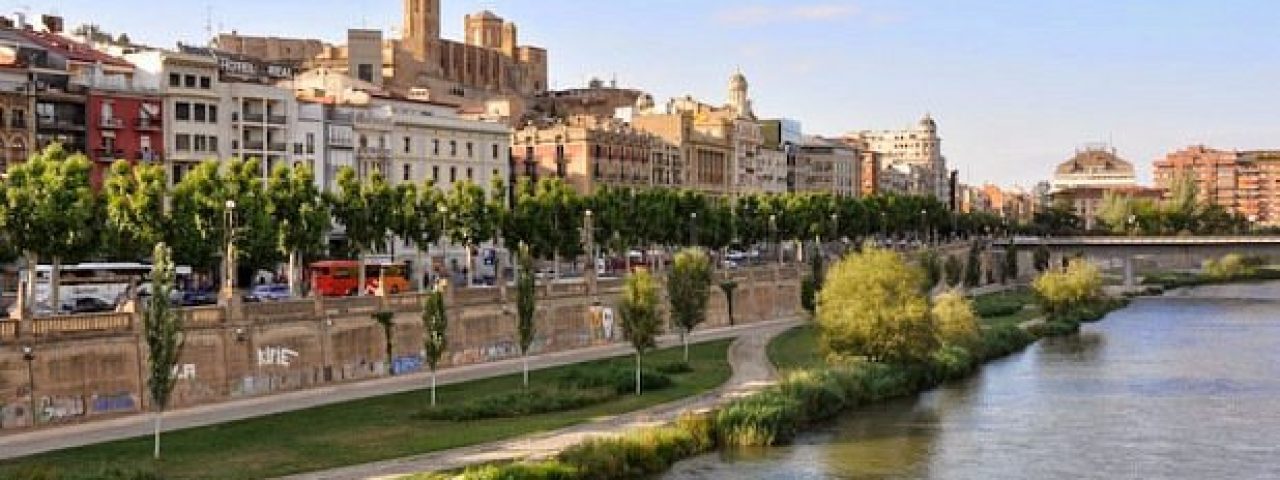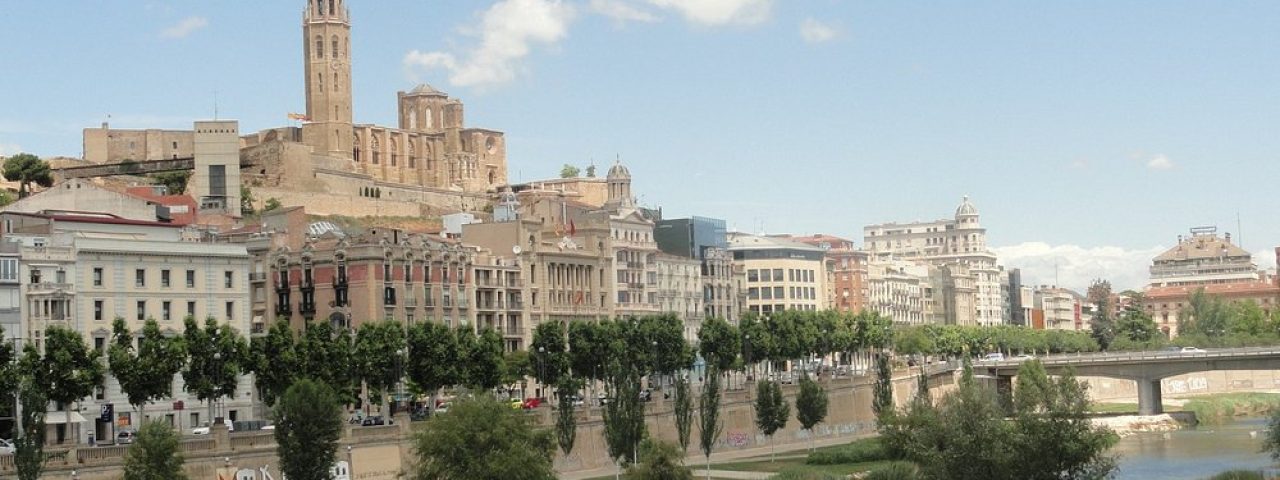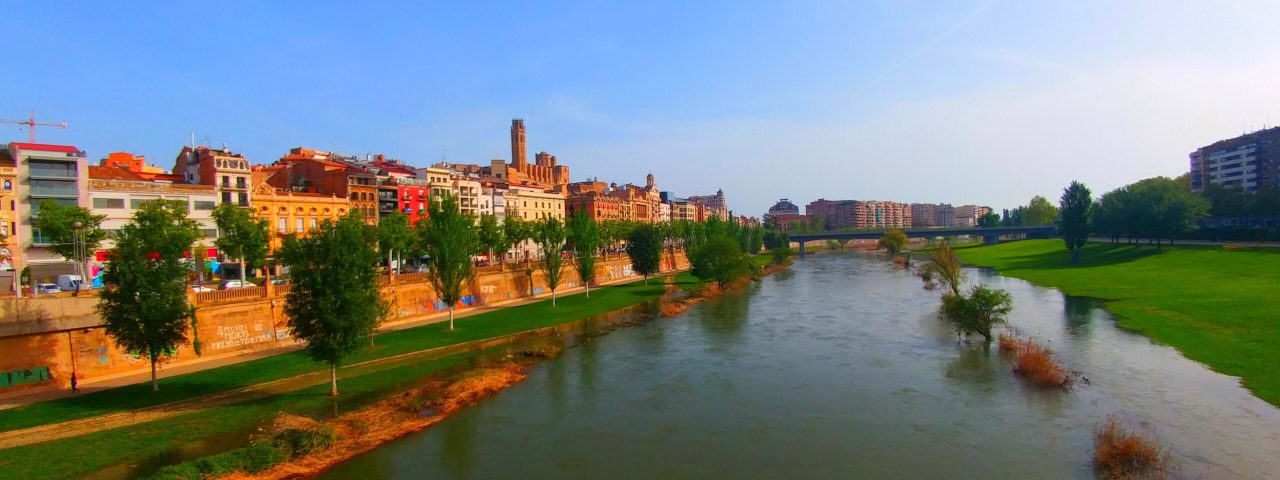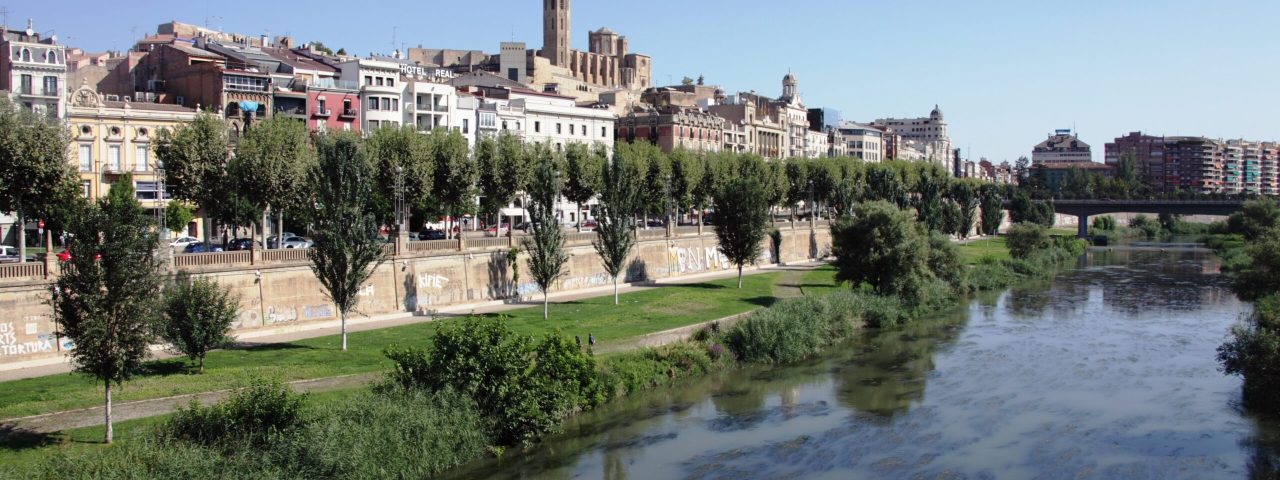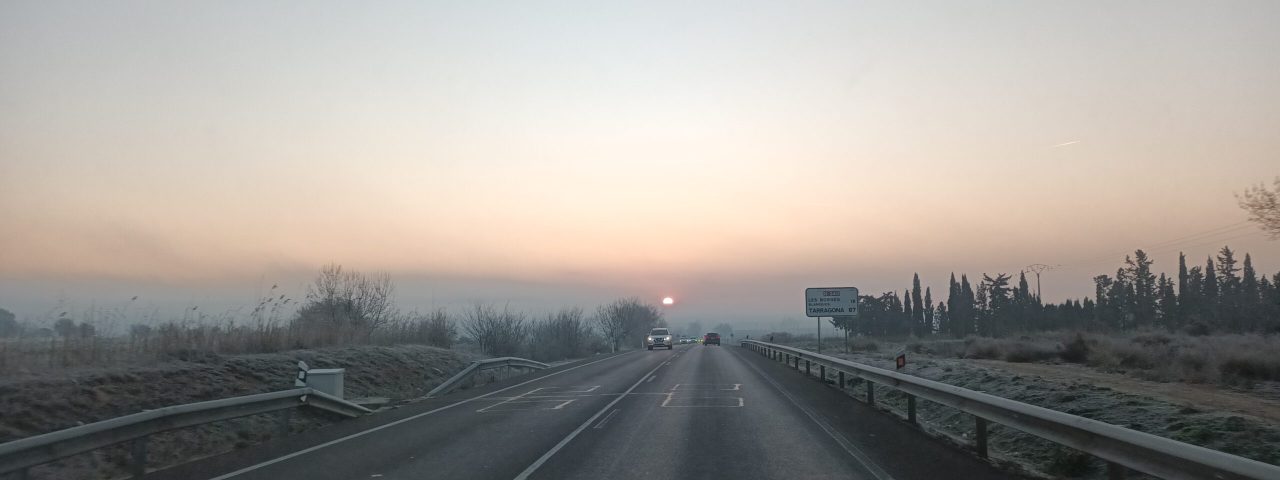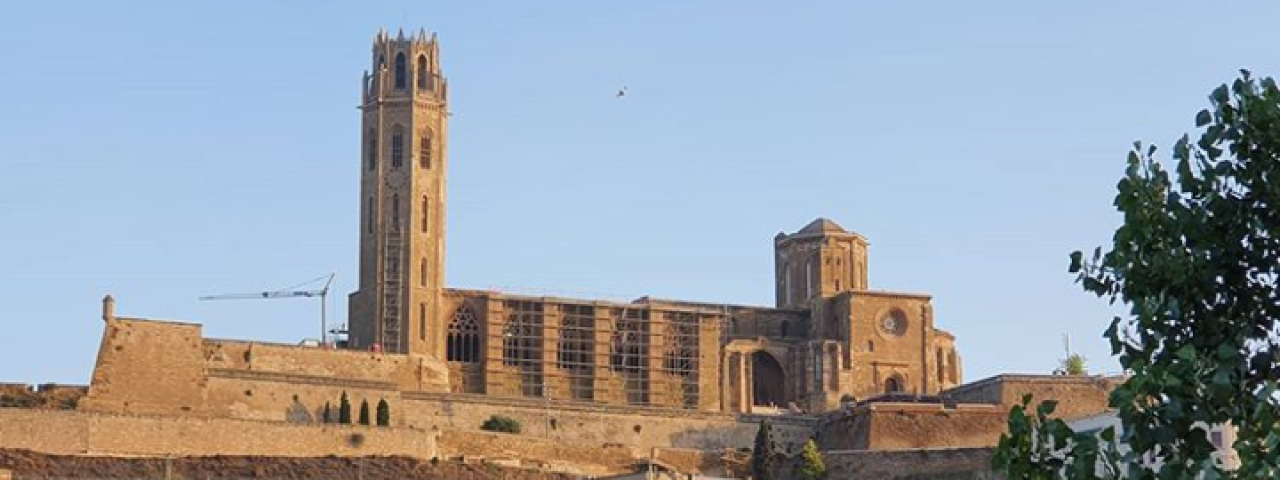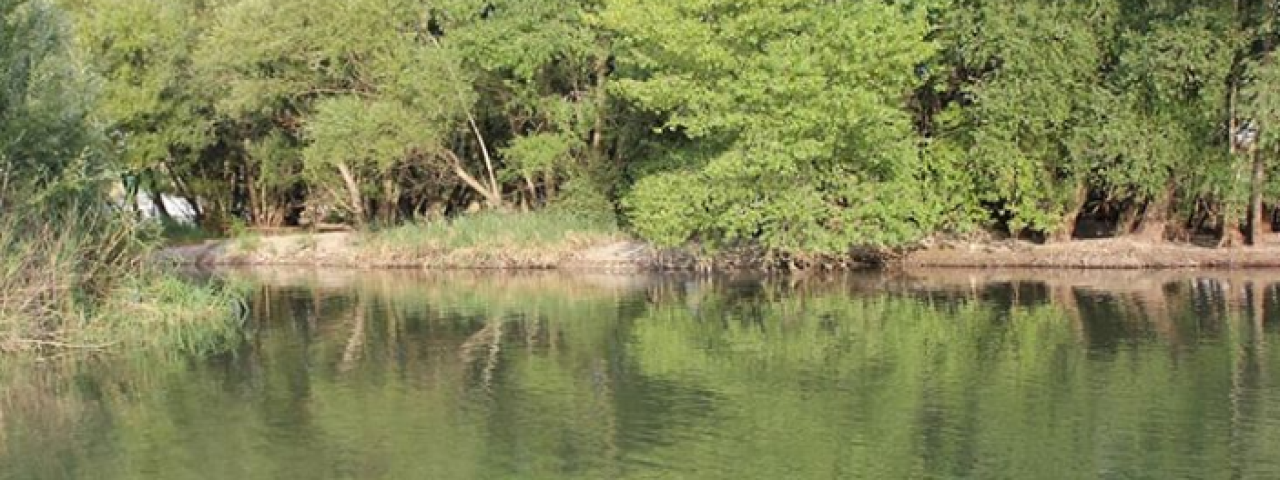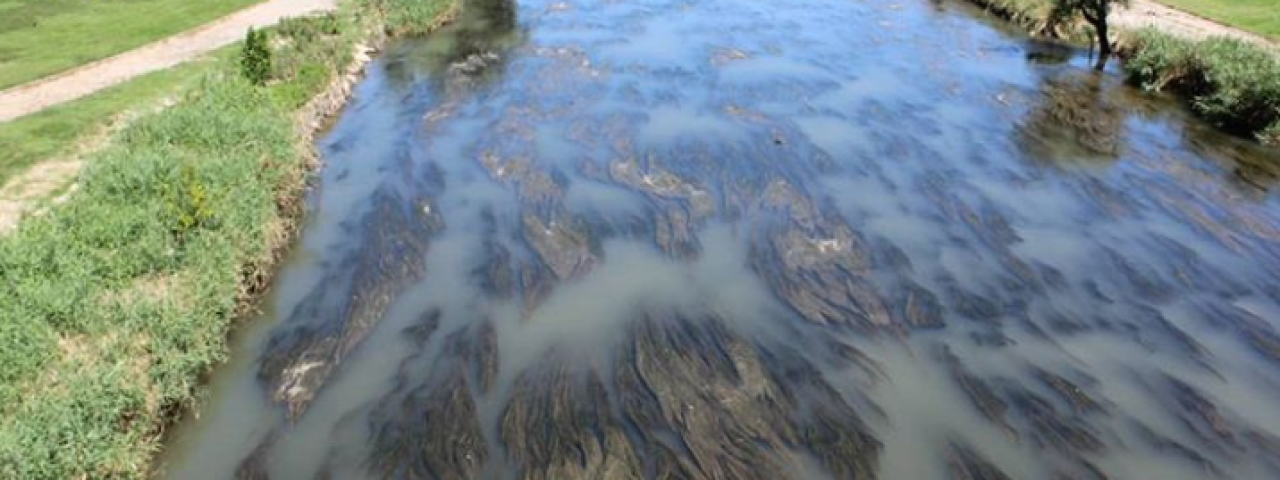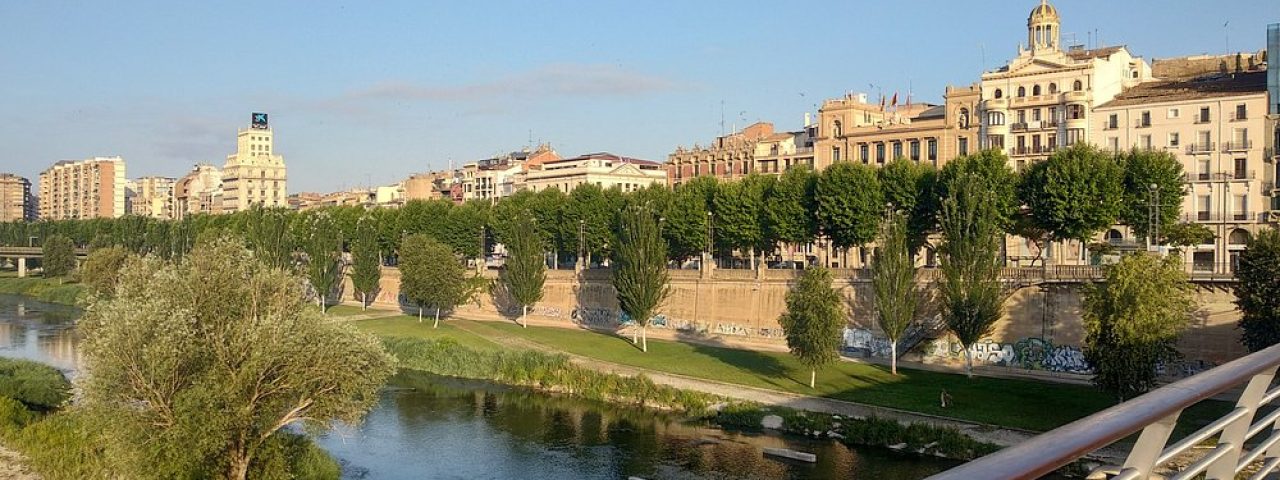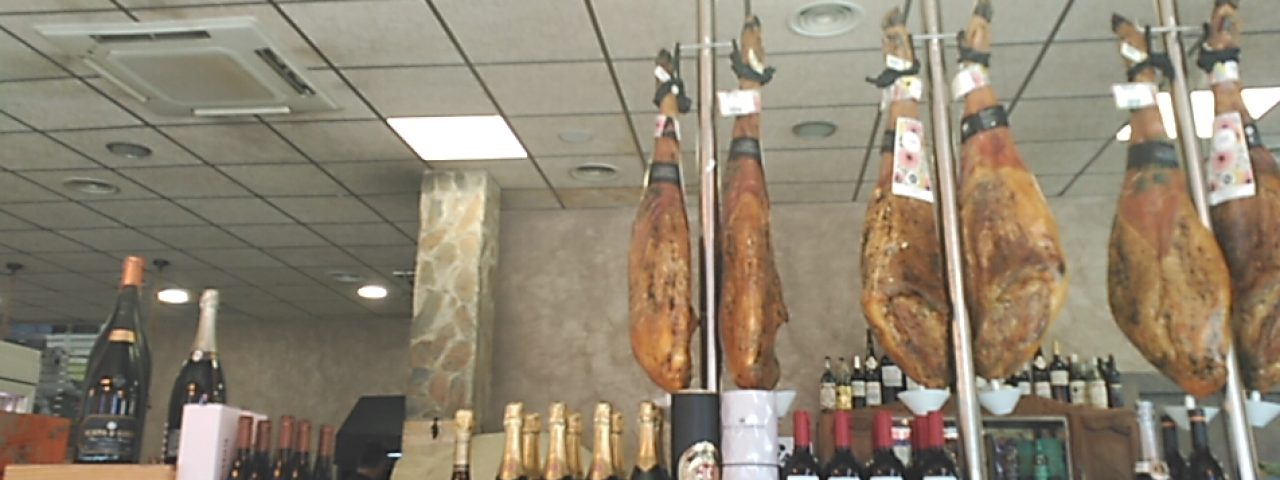Lleida’s history stretches back more than 2,500 years, making it one of Catalonia’s most historically significant cities. Originally a settlement of the Iberian Ilergetes tribe, it was later conquered by the Romans, who developed it into an important city in their empire. After the fall of the Roman Empire, the city came under the control of the Visigoths, and later the Moors, who ruled for several centuries until it was reconquered by Christian forces in 1149.
Today, Lleida celebrates its diverse cultural heritage through its festivals, traditions, and historic landmarks. One of the most significant cultural events is the Festa Major de Lleida, held in May, which includes parades, fireworks, and traditional Catalan dances. The city is also known for its vibrant folk music and dances like the “sardana,” a traditional Catalan circle dance.
Visitors can explore iconic landmarks such as La Seu Vella, a majestic 13th-century cathedral that dominates the skyline. This UNESCO World Heritage site is not only a symbol of the city’s Christian heritage but also an architectural marvel. Another notable site is the Turo de la Seu, an ancient hilltop fortification offering panoramic views of the city and surrounding countryside.
